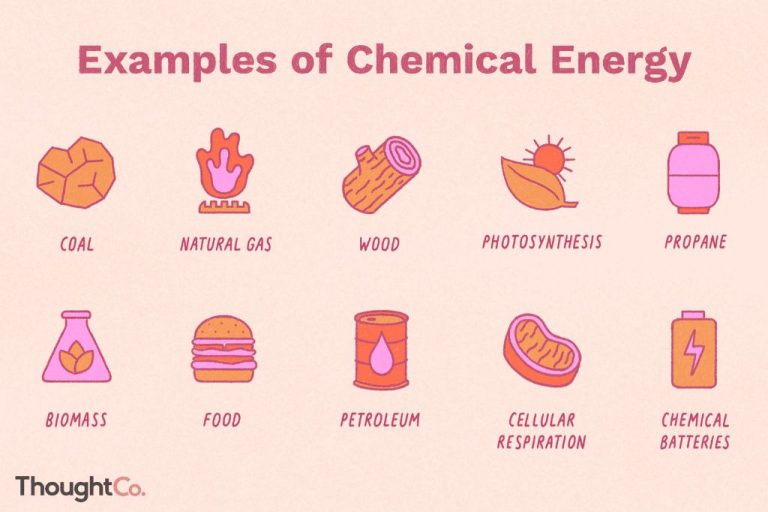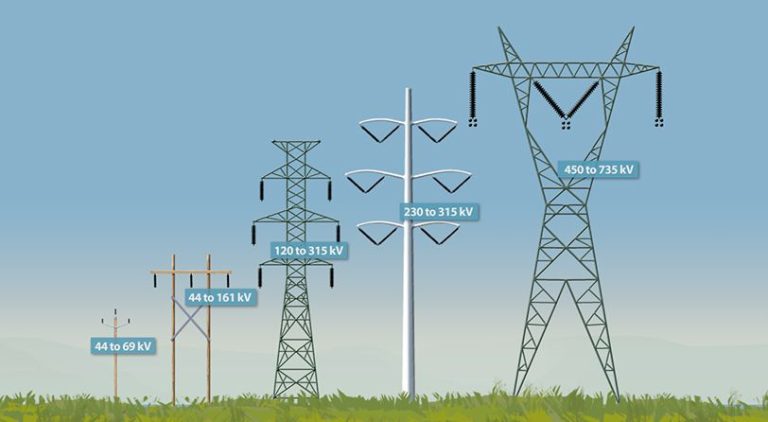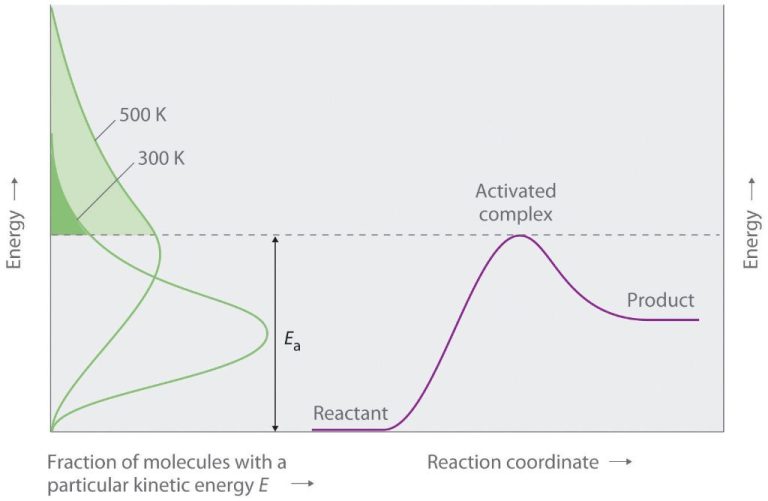What Are 5 Uses Of Electromagnetism?
Electromagnetism refers to the interaction of electric and magnetic fields. It is one of the fundamental forces of nature and has many practical applications in our everyday lives. In this article, we will explore 5 of the main uses of electromagnetism and how they impact us.
The 5 key uses of electromagnetism we will cover are electric motors, electromagnets, transformers, loudspeakers, and MRI machines. Each of these technologies utilizes the principles of electromagnetism in a unique way to achieve important functions that we depend on. Understanding how electromagnetism enables these technologies provides insight into this invisible force that shapes so much of our modern world.
Electric Motors
Electric motors use electromagnets to create rotational motion. The basic principle involves two magnets with opposite poles facing each other. One magnet is fixed in place, while the other can rotate on an axis and has an electric current running through it. This creates a magnetic field that pushes the rotating magnet to align itself with the fixed magnet. As the current reverses polarity, the field changes and rotates the spinning magnet further.
This rotating magnetic field creates continuous motion that can power all sorts of devices. Some common examples that use electric motors include washing machines, power tools, electric cars, kitchen appliances, office equipment like printers and scanners, industrial machines, HVAC systems, and more. Electric motors range from tiny units measured in milliwatts up to enormous megawatt motors used in manufacturing, energy, and transportation.
Electromagnets
Electromagnets utilize electricity and magnetism to create magnetic fields. They consist of a coil of wire wrapped around a ferromagnetic core like iron. When electric current passes through the wire, it generates a magnetic field. The strength of the magnetic field can be controlled by varying the amount of electric current.
One of the most common uses of electromagnets is for lifting heavy metallic objects. The magnetic field created by the electromagnet attracts and firmly grips the metallic object. Since the magnetic field strength can be adjusted by changing the electric current, electromagnets allow for precise control over the lifting force. This makes them ideal for applications like lifting scrap metal at junkyards or moving large steel beams during construction.
Electromagnets can generate extremely strong magnetic fields capable of lifting thousands of pounds. They allow heavy objects to be lifted with the simple flip of a switch, turned on and off as needed. Compared to permanent magnets, electromagnets are more versatile and can be designed to fit specific lifting requirements.
Transformers
Transformers take advantage of the principles behind electromagnetism to step voltage up or down between electrical circuits. They work through electromagnetic induction between two sets of wire coils – the primary coil and secondary coil. When the primary coil is connected to a power source, an alternating current in the coil generates a fluctuating magnetic field. This changing magnetic field induces a fluctuating voltage in the secondary coil through electromagnetic induction. By varying the number of turns in the coils, transformers can increase (step up) or decrease (step down) the voltage. For example, step-up transformers increase voltage for efficient long distance power transmission. Step-down transformers then reduce the voltage for safe use in homes and businesses.
The transformer’s coils are wrapped around a core, often made of iron. The core helps concentrate the magnetic field for more efficient electromagnetic induction between the coils. Transformers rely entirely on electromagnets and electromagnetic induction to step voltages up or down as needed in electrical systems.
Loudspeakers
Loudspeakers use electromagnets to convert electrical signals into audible sound waves. Inside each speaker is a permanent magnet surrounded by a coil of wire called the voice coil. When an alternating electrical current passes through the voice coil, it creates a magnetic field that interacts with the field from the permanent magnet.
This interaction causes the voice coil to rapidly vibrate back and forth in response to the changing current. The voice coil is attached to a flexible cone made of paper, plastic or metal that also vibrates and pushes against the air to create sound waves. Different electrical signals create different vibrations that produce various sounds.
By attaching the electromagnet voice coil to a speaker cone and amplifying an audio signal through it, the electrical energy is efficiently converted into mechanical energy in the form of sound waves. This demonstrates how the basic principles of electromagnetism can be harnessed in loudspeakers to allow the transmission and playback of recorded music and speech.
MRI Machines
MRI (magnetic resonance imaging) machines use some of the strongest electromagnets in common use today. The magnets in an MRI scanner generate powerful magnetic fields that allow it to produce highly detailed images of the inside of the human body. The human body is largely made up of water molecules, which contain hydrogen nuclei. The magnets align the protons in these nuclei and produce a strong radio frequency current as they are knocked out of alignment by a radio pulse. Sensors can detect this current and use it to build up a detailed picture.
MRI scans can be used to examine almost any part of the body in order to diagnose disease or injury. They provide more detailed soft tissue imaging than CT scans and do not use ionizing radiation like X-rays or CTs. MRI images allow doctors to examine the brain, spine, joints, abdomen, and other areas in order to detect abnormal tissue growth, cysts, tumors, joint damage, or other issues. They are one of the most useful and commonly performed medical imaging techniques today.
Mass Spectrometry
Electromagnets are a crucial component of mass spectrometers, which are analytical instruments used to measure the mass of molecules. Inside a mass spectrometer, a sample is ionized and then accelerated using electric and magnetic fields generated by electromagnets. The ions are then separated based on their mass-to-charge ratio. The electromagnet precisely controls the path of the ion beam to separate the ions.
Mass spectrometry has many important applications in chemistry, biochemistry, and biology. It can be used to determine the elemental composition and chemical structures of molecules. In biochemistry, mass spectrometry is used to identify proteins, characterize protein complexes, and sequence peptides. It is also used to diagnose disease and identify pathogens through analysis of biomarkers. Overall, the use of electromagnets enables mass spectrometry to provide rapid, sensitive, and accurate analysis of samples on a molecular level.
Particle Accelerators
Particle accelerators use powerful electromagnets to accelerate subatomic particles, like protons or electrons, to extremely high speeds and energies. The electromagnets steer and focus the particle beam as it travels through a vacuum tube. As the particles gain more and more energy, they can be used for high energy physics research and to probe the fundamental structure of matter.
One of the most powerful particle accelerators is the Large Hadron Collider (LHC) operated by CERN. The LHC uses over 1,200 superconducting electromagnets, each over 15 meters long, to accelerate protons to energies of up to 7 trillion electronvolts. This allows physicists to collide protons head on and study the resulting spray of subatomic particles for clues to mysteries like the Higgs boson and dark matter.
Medical physicists also use smaller particle accelerators called cyclotrons. They accelerate protons to bombard other materials and produce radioactive isotopes for use in PET scans and cancer radiation therapy.
Maglev Trains
One of the most exciting applications of electromagnetism is in maglev (magnetic levitation) trains. These trains use the basic principles of electromagnets to literally float above the track and propel themselves forward.
Powerful electromagnets lining the bottom of the train create a magnetic field that interacts with magnets along the track, lifting the train up off the rails. With no friction from touching the tracks, maglev trains can reach incredible speeds over 500 km/h!
China already has a high-speed maglev train in operation, while Japan is testing even faster prototypes. Around the world, maglev trains have the potential to radically transform transportation in the future by offering a greener, cheaper, safer, and faster alternative to traditional rail.
Floating on a cushion of magnetism, maglev trains give us a glimpse of the exciting innovations electromagnetism makes possible. The same technology that enables maglev trains also has promising medical, scientific, and entertainment applications that will shape the future.
Conclusion
Electromagnetism plays an integral role in modern technology and science. In this article, we explored five key uses of this phenomenon, including electric motors, electromagnets, transformers, loudspeakers, and MRI machines. The applications of electromagnetism highlight its versatility and importance.
Electric motors rely on the forces between magnetic fields and current-carrying conductors to generate rotational motion. This allows electric motors to power everything from small appliances to industrial machinery. Electromagnets use electric current through a wire coil to induce a magnetic field, creating a magnet that can be turned on and off. Uses range from lifting heavy objects to particle accelerators.
Transformers utilize two coils of wire around a ferromagnetic core to increase or decrease AC voltages. This allows efficient transmission of electricity over long distances. Loudspeakers convert electrical signals into sound waves using electromagnets and magnetic fields. MRI machines employ strong magnetic fields and radio waves to image the intricate structures of the human body.
Overall, the ability to generate, control, and detect magnetic fields through electricity has revolutionized technology and empowered scientific advancement. Electromagnetism’s many remarkable applications demonstrate its standing as one of the most important and pervasive forces in our modern world.




